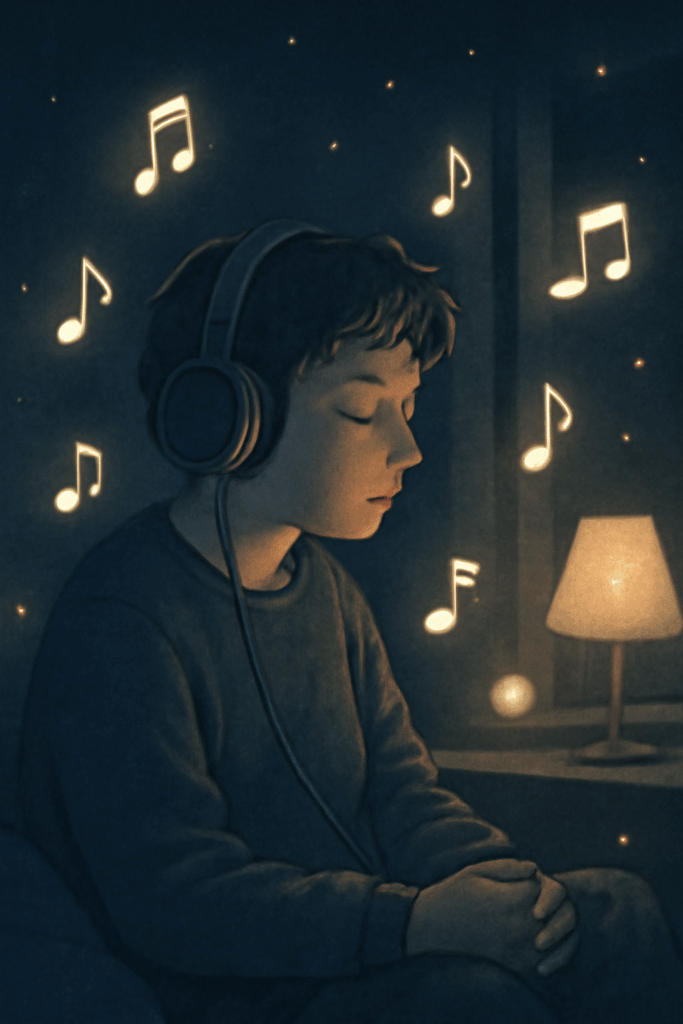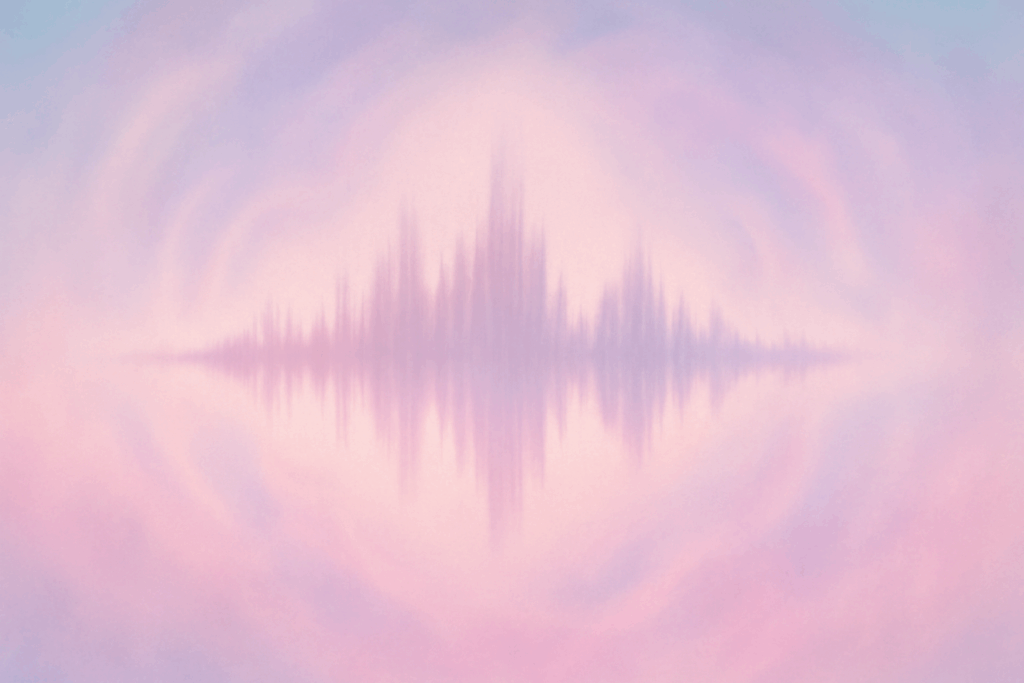If you’ve spent any time on YouTube, SoundCloud, TikTok, or even Reddit in the last five years, odds are you’ve been serenaded by a track labeled “slowed + reverb.” From moody R&B to throwback pop, these edits seem to pop up everywhere, pairing old and new songs alike with a dreamy haze that’s impossible to ignore. The question is—what exactly is it about this simple effect that makes so many of us hit replay?
What began as a niche YouTube trend has soared to mainstream ubiquity. For some, it’s about nostalgia; for others, it’s a vibe, a feeling that’s hard to put into words. It’s music for late-night drives, for quiet introspection, for that moment you need to feel deeply but can’t find the words yourself.
In this article, we’ll explore why slowed and reverb edits have captivated a generation, weaving in real voices from across Reddit and beyond.

1. The Anatomy of Slowed and Reverb
Slowed and reverb is exactly what it sounds like—a song, slowed down (sometimes between 80-90% of the original speed), with a deep, echoing reverb effect layered on top. But what does this actually achieve?
- Tempo Shift: Slowing the tempo stretches out every beat and syllable, emphasizing melodies and vocals that might otherwise rush by. It exposes hidden details, giving the listener a chance to savor rarely-noticed instrumental layers or lyrics.
- Atmosphere: The heavy reverb effect simulates vast physical space, as if the music is being heard in a giant hall, a church, or even drifting through your own subconscious.
- Mood Transformation: Fun, bright songs suddenly feel pensive. Sad songs become heartwrenching. Whatever was buried beneath the original’s tempo surfaces with force.
A Redditor in r/NoStupidQuestions captured this perfectly:
“When you listen to a song you like, it’s good to you, then you try the slower and reverb one and it feels so much more different and more sad most of the time…it literally changed my mood in like a minute”.
2. Nostalgia, Melancholy, and the Search for Vibes
Redefining Old Favorites
One of the most cited reasons for slowing and reverberating a track is to induce nostalgia—even if it’s for a song you first heard last year. As one user describes:
“It recontextualizes songs that most everyone knows into a form with added melancholy, wistfulness, and weight. It’s an obvious trend for this time in history”.
Slowed and reverb tracks often evoke the feeling of listening to a distant memory, something almost out of reach yet instantly familiar. The phenomenon taps into our yearning for simpler times—whether that’s real or imagined.
Emotional Resonance
A slowed beat and cavernous reverb can make even club anthems feel like intimate confessions. Listeners use these versions to process feelings of loneliness, nostalgia, or even heartbreak. During the pandemic and times of collective isolation, millions found comfort in this reflective mood.
A Shift in Musical Consumption
Slowed and reverb culture isn’t just about the music itself; it’s about how we experience it. Gen Z in particular has embraced these tracks for their relaxing, introspective qualities—making them perfect for studying, late-night scrolling, or just zoning out.
“Mostly listened to by Gen-Zers, like myself, slowed and reverb songs make you feel some sort of calmness that also has a nostalgic feel”.
3. Viral Growth: Platforms and Trends
YouTube, TikTok, and the Streaming Boom
The internet paved the way for slowed and reverb tracks to flourish. A slow+reverb version of Don Toliver’s “No Idea” amassed over 6.8 million views; Lil Uzi Vert’s “20 Min” remix garnered about 17 million. On TikTok, these edits are embedded in countless viral edits, often overdubbed with aesthetic anime loops or moody rain scenes.
Table: Popular Slowed + Reverb Song Stats
These numbers show that the remix sometimes eclipses the original.
From “Chopped and Screwed” to Mainstream
This isn’t the first time tempo-altered tracks have gone viral. The “chopped and screwed” genre—originating with DJ Screw in Houston in the ’90s—involved slowing down hip-hop records, adding pitch effects and scratches. What’s new is the mass appeal and the ease with which anyone can now make, share, or consume these remixes.

4. Community, Creation, and Criticism
Reddit Speaks: Mixed Reviews
Reddit threads are packed with opinions ranging from pure adoration to open skepticism:
- One r/AskMusicians poster commented:”They seem to be tapping into a sense of nostalgia, but nostalgia for what exactly? … It often feels like a tactic for YouTubers to repurpose existing music into ‘content’ or to generate ad income”.
- But for many listeners, it’s about the personal connection:”Slowed songs are soothing, calming in a way that makes you understand more and realize the song more … It hit’s different but if you never been depressed idk if you would get it tbh”.
Creation Made Simple
Online tools now let fans instantly slow down tracks and add reverb without advanced production know-how. This democratization means anyone can join in, but it also leads to debates about creativity and originality.
Aesthetic and Identity
Slowed and reverb is often paired with specific visual aesthetics—anime loops, rain, neon city lights. The combination is tailor-made for a generation raised on “aesthetic” edits and ASMR, where mood and micro-culture reign supreme.
5. The Science: Why Does It Feel So Good?
There’s a psychology behind the phenomenon. Lower tempos naturally induce relaxation, lower heart rates, and ease of focus (think why classical adagio or lo-fi beats feel soothing). Added reverb simulates large, open spaces, which can trigger feelings of awe, introspection, and even nostalgia.
Redditor insight:
“Lower frequencies and tones might cause the brain to actually enter a ‘SLOW’ mode…your brain processing the song at a slower pace might make you process everything in a slower state too. And it’s also soothing in a hard to explain way”.
6. Slowed + Reverb: A Cultural Mirror
More Than a Trend
For many, slowed and reverb tracks have become a soundtrack to young adulthood in an uncertain era—an antidote for anxiety, a calming balm during late night thoughts, or simply a new way to appreciate a favorite song. Some skeptics write off the fad as lazy, but millions would disagree: it’s a reimagination of familiar music, one that resonates with the times.
Final Thoughts
Slowed and reverb tracks are more than just a viral genre—they’re a reflection of how we live, feel, and cope. Music has always evolved with technology and culture, and right now, these edits offer a bittersweet mix of nostalgia and novelty. As with any trend, its dominance may wane, but its impact on how we experience and reinterpret music is here to stay.
FAQs About Slowed and Reverb
It’s a track edited to play slower than the original, with reverb effects for atmosphere.
It evokes nostalgia, deepens emotional impact, and offers a relaxing, cinematic vibe.
It draws from Houston’s chopped and screwed hip-hop genre, popularized online since 2017.
Mainly Gen Z, but its appeal spans all ages seeking chill, emotional experiences.
Often, yes—many remixes surpass the originals in total views/listens.
Not always; copyright laws apply unless you have permission from the original creator.
Both upbeat and melancholic songs, but emotional tracks thrive with this treatment.

Candy is the social media manager and resident content creator at SSSlowedAndReverb. A DJ herself, she brings her deep love for slowed and reverb music into every post, blending real-world experience with internet culture to create content that resonates with fans and creators alike.